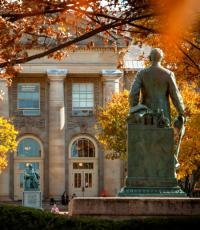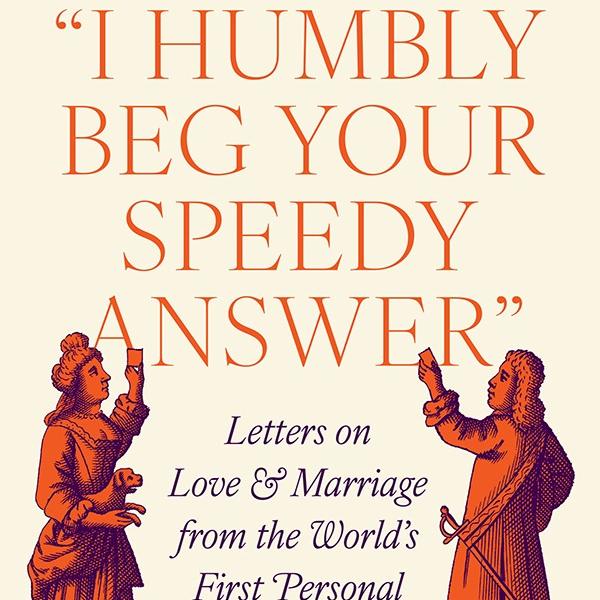HIST 2212 The U.S. Empire (also AMST 2212) (HST-AS) (HNA)
Tuesday and Thursday: 2:55-4:10 plus Independent Research
Professor Ruth Lawlor
What is the American empire? Is empire even the right word to describe U.S. power in the world today or in the past? If so, is the American empire formal or informal, and is the United States a reluctant superpower or a belligerent hegemon? When did the empire begin? And is it in decline today? In addressing these questions, this seminar will offer an in-depth look at key moments in the history of the United States and its foreign relations, ranging from the American revolutionary war and historians’ debates about the founders’ thinking in relation to empire; the “imperial moment” of 1898, when the United States acquired overseas colonies for the first time; the beginnings of the national security state in 1917 with the entry of the United States into the First World War; the “American Century”, or the post-World War II years when the United States was the most powerful nation in the world; and the era of unipolarity after the end of the Cold War and which culminated in the Wars on Terror. Throughout, we will draw upon primary and secondary sources to examine the ideas and practices which have shaped U.S. foreign relations, including continental expansion, the frontier, imperial anticolonialism, the open door, covert operations, extraordinary rendition, police action, and more. Taking both a chronological and thematic approach, this class offers an examination of the past in order to understand some of the key issues facing the United States, and the world, today.




